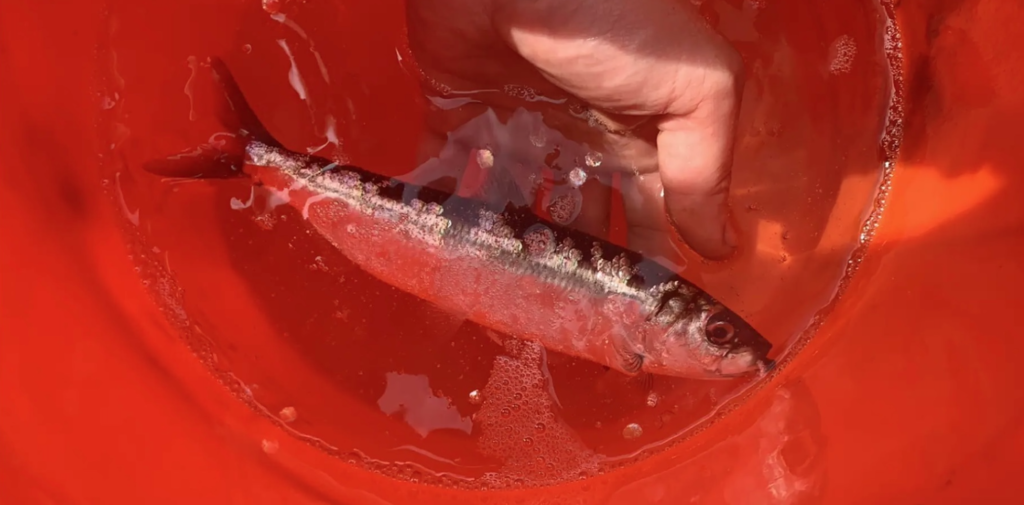Who We Are
Why are we sampling?
In the decades before the 1990s, there was a robust Pacific herring population in Prince William Sound (PWS). Not only are these forage fish a key link in the complex food web of PWS, but they once supported a lucrative early-season commercial fishery that brought the communities of the Sound to life each spring. By 1994, that fishery was closed and only briefly reopened for two years in the late 1990s. The current biomass of approximately 10,000-tons is quite small when compared to the long-term average before the collapse of around 65,000 tons. Since 2009, a team of researchers has been trying to determine what is limiting the return of herring to PWS. This group of projects, known as the Herring Research and Monitoring (HRM) program is now transitioning to a component under a larger group of studies known as the Long Term Research and Monitoring (LTRM) program.
Where are we sampling?
To encompass all studies in this component, sampling takes place throughout PWS. Specifically, aerial surveys are flown over historically popular spawning grounds in the western part of the Sound in the spring; while in the summer, research vessels collect field samples in the southwestern region, in both near-shore and more off-shore habitats. In addition, samples are obtained from coastal Gulf of Alaska (GOA). In the winter months, trawl surveys are conducted across all of PWS with a particular focus on the eastern side.
How are we sampling?

Herring spawn observed during ADF&G aerial survey at Cedar Bay. Photo taken by biologist Shane Shepherd.
Five areas of focus comprise the herring research conducted in PWS, all of which come together each year to estimate herring biomass. Some projects focus on monitoring the fish in PWS physically while others work in the laboratory setting to understand what is limiting the herring population’s growth experimentally. The work includes aerial surveys that track where the spawn is happening and how much of it there is each spring, a disease team that collects samples from the field in addition to performing lab experiments to see if disease is the limiting factor, teams that will examine other fish species (pollock and pink salmon) interactions with herring to better understand their roles in the herring story, and lastly a modeling team that takes the information from all listed studies to generate a population estimate of the herring annually.
What are we finding?
To briefly sum up our recent findings, the population model estimated a declining trend in the herring biomass in the early 2010s but shows a rapid increase beginning in 2019. Aerial surveys observed a record low level of mile-days of milt in 2018 with a 5-fold increase by 2020. The antibody data from the disease team shows very low levels in recent years, implying that young fish in the population haven’t been exposed to disease. While the herring population is beginning to increase, they will need additional large year classes to join the spawning population to continue this upwards trend. The combination of disease, changing ocean conditions, prey availability, and predator pressures have made the herring life story difficult to unravel. Lack of disease prevalence in the younger fish coupled with low numbers of predators in recent years could potentially give herring a chance to regain their footing in the ecosystem.

Estimated spawning biomass of Prince William Sound herring from the BASA model fitted to the aerial mile-days-of-milt survey.
To learn more…
More about the herring research program can be found at the Prince William Sound Science Center website. Additionally, summaries of ongoing projects are listed here: Modeling herring populations, Spawn Surveys, Pink salmon and herring interactions, Herring disease, Project coordination.











